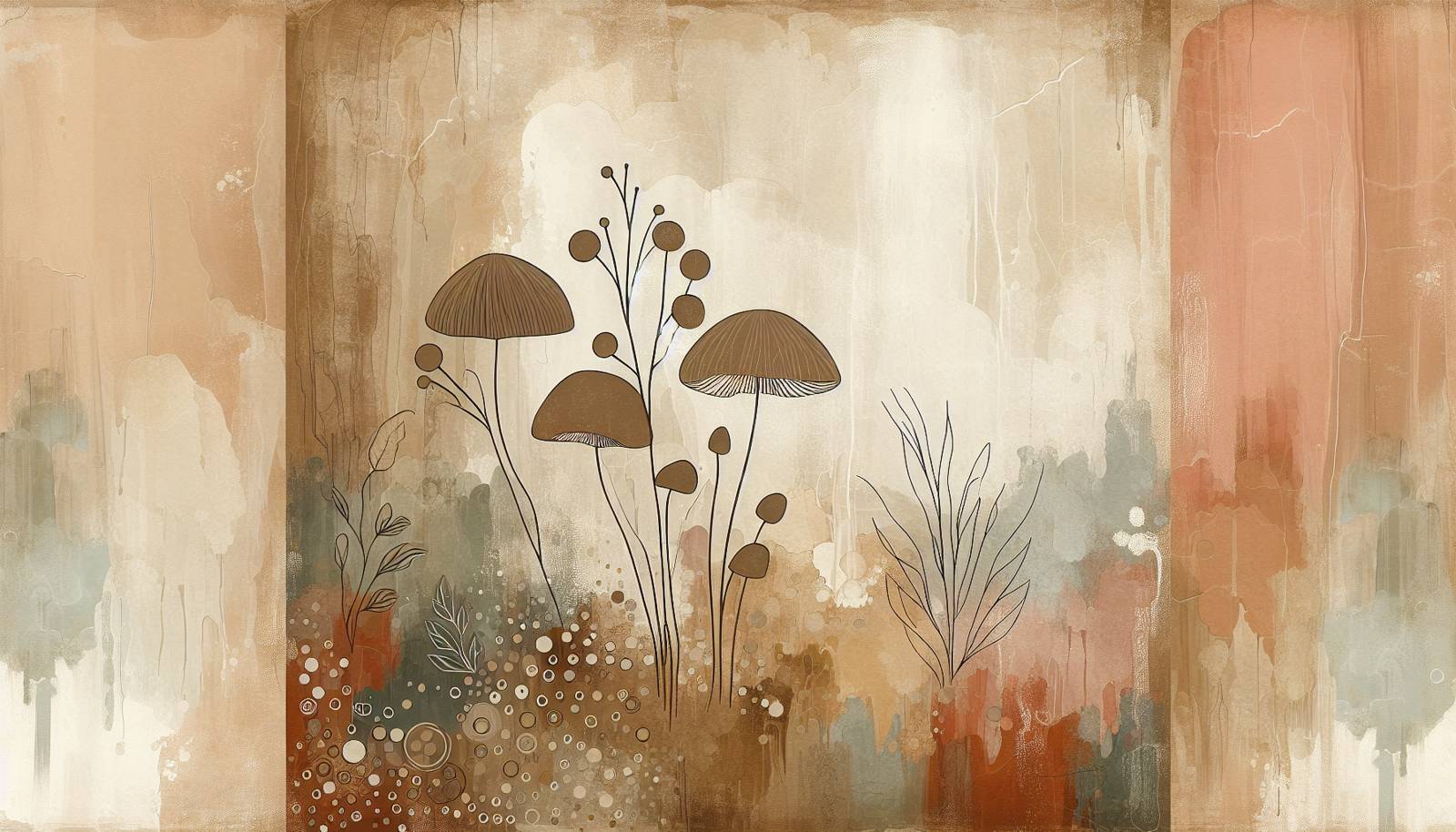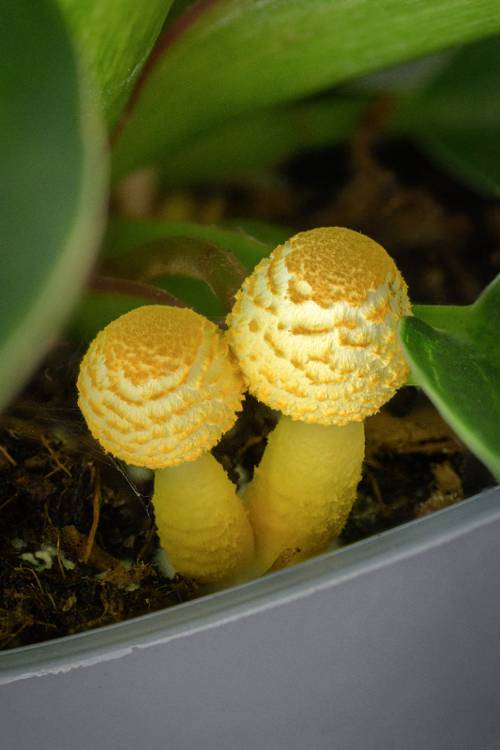
FAQ About Indoor Edible Mushroom Cultivation

What types of edible mushrooms can be cultivated indoors?
A variety of edible mushrooms can be cultivated indoors, including but not limited to shiitake, oyster, button, enoki, maitake, and lion's mane mushrooms. Each has specific growth requirements, but are generally well-suited for indoor cultivation due to their adaptability to controlled environments.

What is the best substrate for indoor mushroom cultivation?
The most appropriate substrate varies depending on the type of mushroom. Common substrates include straw, coffee grounds, sawdust, and commercially prepared mushroom growing blocks or kits. Oyster mushrooms, for example, thrive on straw or coffee grounds, while shiitake mushrooms prefer hardwood sawdust.

Do mushrooms need sunlight to grow indoors?
Mushrooms do not require direct sunlight to grow; instead, they need a controlled source of light to regulate their growth cycle. Indirect or fluorescent light for a few hours a day is sufficient to simulate the natural environment without causing heat damage.

What is the ideal temperature for growing mushrooms indoors?
The ideal temperature for indoor mushroom cultivation generally ranges from 55°F to 75°F (13°C to 24°C), depending on the mushroom species. It is crucial to maintain stable temperatures to foster optimum growth and prevent contamination.

How do you control the humidity when growing mushrooms indoors?
Humidity is crucial for indoor mushroom cultivation, with levels often needing to be maintained between 80% and 95%. This can be achieved by using humidifiers, misting systems, or placing the grow setup in a sealed environment with water containers to naturally increase humidity.

How long does it take for mushrooms to grow indoors?
The growth time for mushrooms varies with species and growing conditions but typically ranges from a few weeks to several months. Oyster mushrooms can fruit in as little as 3 weeks, while shiitake mushrooms may take several months to produce a crop.

Can mushrooms be grown on coffee grounds indoors?
Yes, mushrooms such as oyster mushrooms can be effectively grown on used coffee grounds. Coffee grounds provide a rich source of nutrients beneficial to mushroom growth, particularly when combined with other substrates to balance the pH level.

Is it difficult to cultivate mushrooms indoors?
Indoor mushroom cultivation can be relatively simple or complex depending on the chosen species, growing materials, and care taken to maintain environmental conditions. Beginners often start with mushroom kits before moving on to more advanced setups involving custom substrates and controlled environments.

What are common mistakes in indoor mushroom cultivation?
Common mistakes include poor sterilization of growing mediums, insufficient humidity or temperature control, and exposure to competing molds or bacteria. Ensuring a clean, controlled environment and monitoring conditions closely can help mitigate these issues.

How can I prevent mold contamination in my indoor mushroom setup?
To prevent mold contamination, ensure all equipment and substrates are thoroughly sterilized before use. Aseptic techniques, such as wearing gloves and masks, sealing the grow environment, and consistently monitoring conditions can also help keep molds and other contaminants at bay.

What role does air circulation play in indoor mushroom growing?
Proper air circulation is vital to prevent carbon dioxide buildup, which can inhibit mushroom growth. Using small fans to circulate air without drying out the substrate and implementing air exchange systems helps mimic natural growing conditions, promoting healthier crops.

How do you know when to harvest mushrooms?
Mushrooms are generally ready to harvest when caps are fully formed and open but before they start to release spores. The exact timing can vary with species, so visual cues and recommended guidelines for specific mushroom types should be followed.

What equipment is necessary for starting indoor mushroom cultivation?
Basic equipment for starting indoor mushroom cultivation includes substrates, containers or bags for growing, a spray bottle or humidifier for moisture control, grow lights or natural light access, and a thermometer/hygrometer to monitor temperature and humidity. More advanced setups may include HEPA filters or pressure cookers for substrate sterilization.

Can you cultivate mushrooms indoors year-round?
Yes, mushrooms can be cultivated indoors year-round as long as the necessary environmental conditions such as temperature, humidity, and light are controlled and consistently maintained. This makes indoor growing an attractive option for continuous mushroom production.

Are there pre-made kits for growing mushrooms indoors?
Pre-made mushroom growing kits are widely available and often include everything needed to start growing indoors, such as pre-inoculated substrates and care instructions. These kits are ideal for beginners and those looking to simplify the cultivation process.

How do you prepare substrate for growing mushrooms indoors?
Preparing substrate involves selecting an appropriate material such as straw or sawdust, then treating it by pasteurizing or sterilizing to eliminate contaminants. Once treated, substrates can be inoculated with mushroom spawn and placed in a controlled environment to encourage mushroom growth.

What are the signs of successful mushroom colonization in the substrate?
Successful colonization is indicated by the appearance of white mycelium spread throughout the substrate. Mycelium should be healthy and robust, covering the substrate evenly without signs of contamination like mold (colored growths) or foul smells.

How can you increase the yield of mushrooms when growing indoors?
To maximize yield indoors, focus on optimizing substrate quality, maintaining ideal environmental conditions such as temperature and humidity, and ensuring proper air circulation. Regular monitoring and adjustments based on mushroom growth stages also contribute to increased yields.

What safety considerations should be taken when cultivating mushrooms indoors?
Safety considerations include ensuring cleanliness to prevent contamination, avoiding the use of harmful substrates, and making certain that all cultivated mushrooms are accurately identified to prevent toxic varieties. Proper ventilation is also crucial to avoid moisture buildup and air quality issues.

Can you reuse mushroom growing substrates?
Some mushroom substrates can be reused or recycled, especially if they remain uncontaminated. However, nutrient depletion often occurs, so spent substrates are typically better suited for garden composting to enrich soil rather than reusing for mushroom cultivation.
